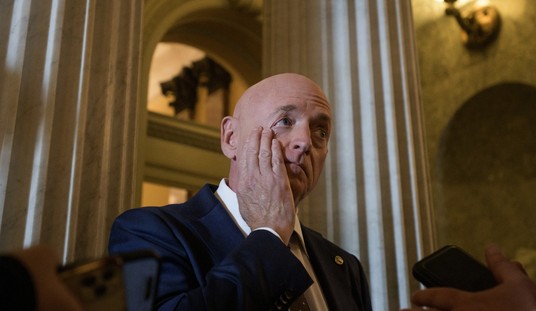With farm incomes on the rise in recent years, what is Big Ag supposed to do? How can they justify more subsidies? Well, for one thing, they can spend more time demanding an endless flow of cheap labor to which they can pay below market wages. But that would require the passage of an amnesty bill, something that many House members are not excited to do. So now they are pushing a new farm bill, which is being sold as legislation that cuts the deficit and eliminates farm subsidies. The reality is that this is nothing but a rope-a-dope ploy to expand government intervention and other forms of subsidies.
After extending the 2008 farm bill for an additional year last September, both the Senate and House agriculture committees are introducing new versions of the ‘5-year farm bill.’ You might be wondering why we need a farm bill. What is this? Stalin’s 5-year plan? Well, after decades’ worth of direct subsidies, crop insurance, conservation subsidies, marketing loans, disaster aid, trade barriers, commodity price supports, and production controls, our agriculture system is sort of reminiscent of the Soviet Union.
The last 5-year farm bill contained a total price tag of $604 billion when extrapolated over 10 years. Due to the massive growth in food stamps, which accounts for 80% of the farm bill, the new CBO baseline for the farm bill is $973 billion, with $770 billion allocated for domestic nutrition assistance programs, and the rest, about $200 billion, divided among various agriculture-related programs.
Today, the Senate Agriculture Committee will be marking up the new 5-year bill (S.10), which locks in the food stamp baseline and replaces direct farm subsidies with an array of new market distorting price target and “shallow loss” crop insurance. The total cost is about $955 billion, a massive expansion from $604 billion, yet they are scoring this as a spending cut because it chips off a few billion in farm subsidies from the baseline. Only in Washington! The House Agriculture Committee, which will mark up its bill tomorrow, is only slightly better.
There are a number of problems with the companion bills. First, in an effort to achieve the greatest common factor of all special interest spending, Congress has paired food stamps and farm/conservation subsidies together for decades. Housing food stamps in the farm bill is a classic example of “logrolling,” in which urban interests agree to support farm subsidies and Ag interest agree to support record levels of food stamp spending. This bill does nothing to reform the program, limit its growth, prevent corruption and dependency, and devolve authority to the states. At a minimum, the program needs to be decoupled from the mandatory spending in the farm bill, and subjected to the annual appropriations process.
Next, we have the bait and switch between direct payments and shallow loss. Supporters of the Farm bill are touting the fact that the bill eliminates the $5 billion in annual direct subsidies to farmers. The problem is that the Senate bill creates a new program, Agriculture Risk Coverage (ARC) plan, which extends the coverage of crop insurance from catastrophic benefits to a guarantee of 90% of the farmer’s annual revenue. The idea that the government could guarantee members of a specific profession 90% of their income, especially when food prices are so high, is an anathema to our system of free enterprise. We’ll see what the House bill does, but the version from last year set the maximum shallow loss guarantee at 85% of income.
Then there are aspects of the bill that are even worse on the House side. In an effort to prop up southern farmers who won’t benefit from shallow loss as much as their Midwest companions (Midwest crops, such as corn and soybeans are bringing in more revenue), they establish a target price regime. Under the target price regime, farmers would collect revenue losses when prices for corn, rice, peanuts, wheat, and barley dip below that target for at least two years. The target prices that trigger subsidies for grain and oilseeds farmers will be raised by 40%. Not to be outbid on subsidies by the more “conservative” House, Senate Ag Committee Ranking Member Thad Cochran added a price target program to the Senate bill for peanut and rice farmers. The senate bill sets the rates at $13.30 per 100 pounds for rice and $523.77 per ton for peanuts. The House version sets prices at $14 per 100 pounds for rice and $535 per ton for peanuts.
We’ll save the sugar subsidies, conservation programs, biomass mandates, and Soviet-style milk regulations for another post. For now, conservatives must demand that any farm bill be brought to the floor in a piecemeal process that decouples the disparate programs, especially the food stamp component. The more special interests that are reliant on a bill to grow government, the harder it will be to chart a course towards a private free market economy.













Join the conversation as a VIP Member